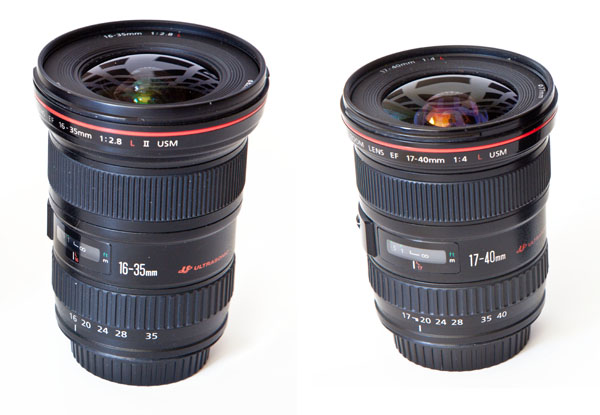Joellll said:For those who complain about the less than 2x zoom range, you seem to forget that Tokina has a 11-16mm f/2.8 that was popular among crop shooters, and it even fills the FF image plane at 16mm.
Rather than seeing it as a poor reaching zoom, perhaps considering it a zooming prime would make it more appealing? Not everyone needs a f/1.4 prime, and to The ones who are struggling between the 24mm and the 35mm, this is a great solution.
That being said, I have no need for this lens, but I'm happy to see the niches that third party companies are trying to fill.
+1 I loved my Tokina 11-16 and got some of my favorite shots with it. I even use to kind of refer to it as my UWA prime. However, the 1.5x zoom was much more useful then one might think. There is a world of difference between (FF equiv) 17mm and 28mm.
Same for 24mm and 35mm. I dont buy this "step back" or "step forward" argument. That may be applicable a bit when your subject is a person, but not when you're shooting a building or a landscape. Also, the FOV and perspective is quite different between 24mm and 35mm. 35mm still looks and feels quite normal to me, great for shooting people yet maintaining some context of the environment. By 24mm, things can start to give that distortion, scenes have a bit of that dramatic where the background shrinks and looks far away.
While I agree with many here that this will fit more of a niche market, those that will buy it though (event shooters) are going to love it. To be able to get a fast f/2 lens capable of 24 to 35 on one camera body, with no lens switching would be awesome. As someone already said, I could see shooting with this on one body and an 85mm on the other and be set.
For a casual shooter, such as myself, who will have the time to stop, switch lenses, get the shot, it is a tougher sell. Part of the issue for me personally, is the Sigma Arts are already pretty good size lenses. Is it worth swapping out a 35mm Art + 24mm prime for this? When they may very well be close to the same weight in the bag? For me, probably not. But back to the event shooter, I think this is an awesome lens!
Upvote
0

